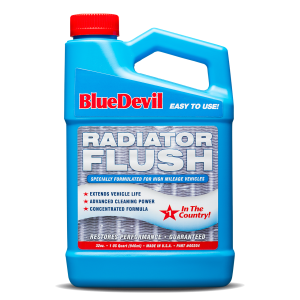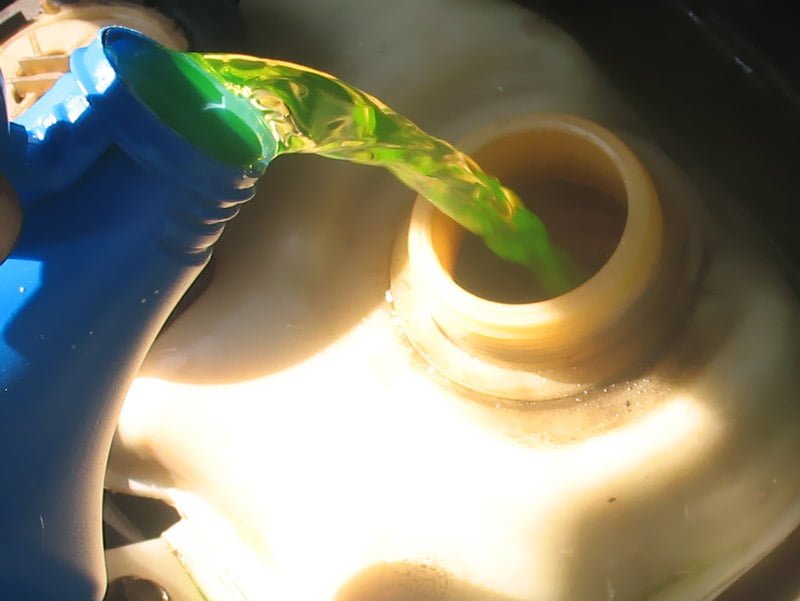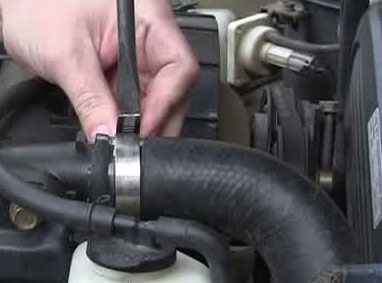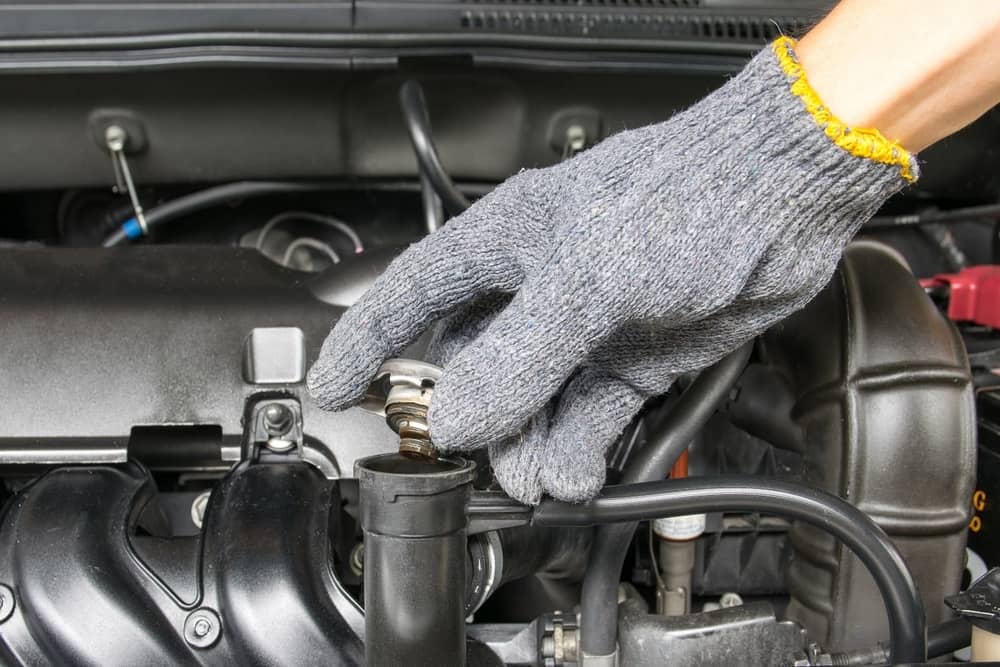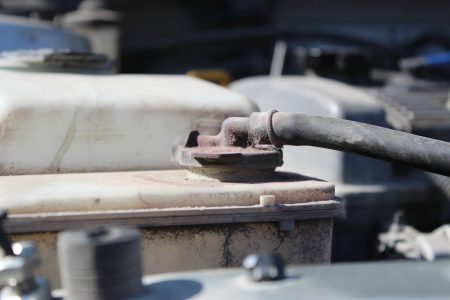
Every knowledgeable car owner will tell you that a coolant flush is required maintenance to keep your car in the best possible shape. But how often should you flush your coolant, and how much will a complete antifreeze change cost? Answer these questions and more by reading below! If you’re looking for an easy cost-effective way to flush your coolant at home, BlueDevil Radiator Flush is the best product on the market!
Antifreeze Change Cost: a Complete Guide
The cost of a coolant flush can vary depending on where you get your solution and whether or not you are doing it yourself or taking your car in for maintenance. Using BlueDevil Radiator Flush is a fool-proof way to keep the costs at a minimum ($6.99)! If you’re taking your vehicle into the shop to get your coolant flushed, your antifreeze change cost could be anywhere between $100 and $200. .
Why Is Antifreeze Important?
Your coolant’s main job is to draw heat out of your engine and transfer it to the environment. Your coolant’s secondary job is to make sure the components in your system corrode at a very slow rate. Cooling systems today can have copper, aluminum, cast iron, steel, and other metals present so your coolant has a big job to do. The main purpose for flushing your coolant often is not just to remove the particles and brown tint your coolant has acquired, but also to replenish the corrosion inhibitors that have worn out or broken down in your old coolant. Without coolant, your engine will overheat and its components will deteriorate quickly.
Is it Necessary to Flush Coolant?
To see if you need a coolant flush, pick up a coolant test kit from your local auto shop. This will help you discover if your coolant is turning acidic and what temperature it provides freeze protection down to. If anything is out of range, it’s time for a coolant flush! While it’s a good idea to regularly perform a coolant flush, there are some tell-tale signs that your car runs the risk of damage to the radiator or cooling system. In this case a coolant flush should be performed as soon as possible:
- Leaking coolant
- Knocking engine noise
- Visible debris in coolant
- Odd smells or odors
How Often Should I Change My Antifreeze
Different coolants have different additives in them to inhibit corrosion based on the need of the system they are used in. The type of coolant and the additives present in your coolant will determine how often you should get a coolant flush. There are many colors of coolant to choose from, and each type has a different set of corrosion inhibitors present.
The first place to check for what kind of coolant your vehicle should have installed, and therefore the coolant flush interval, is your vehicle’s owner’s manual. Even if your manual does not specify a coolant flush interval, it likely recommends replacing the thermostat or water pump. It is appropriate to flush the coolant during that maintenance item. On average, we recommend completely flushing your coolant every 40 to 50 thousand miles.
How Long Does a Coolant Flush Take?
Coolant flushes typically take no more than an hour, so there’s no excuse not to flush your engine every 50,000 miles!
How to Perform an Antifreeze Change at Home
The first step is to gather all the necessary tools and components:
- Flat Head Screwdriver
- Pliers
- BlueDevil Radiator Flush
- Antifreeze
Next, drain the old antifreeze from your cooling system. Your radiator may have a drain plug on the bottom of one side that you can use your pliers to open, or you may have to remove your lower radiator hose using the pliers or screwdriver to loosen the hose and pull it off. Make sure to dispose of your old coolant correctly.
After the system is empty, refill it with water, run the engine for a few minutes then empty it again to make sure all the old antifreeze has been removed. Next, refill the system with water and BlueDevil Radiator Flush. Run your engine for at least 10 minutes, but up to a few hours making sure the cooling system is full of water and the temperature does not allow the system to freeze.
Now, allow things to cool by leaving the hood of your car open until you can touch the radiator hose and radiator cap comfortably. Drain the water and flushing solution out of the system the same way you drained it before. If the water looks dirty you may need to flush your system additionally by removing the upper radiator hose and heater hoses and forcing water through them using a garden hose.
Drain the system completely using both the radiator drain and the block drain to make sure all the water is out. Close all drains and reconnect all the hoses making sure the hose clamps are tight. Refill your cooling system with the correct amount and type of antifreeze recommend by your vehicle manufacturer. You may have to start your engine a few times to remove all the air bubbles for your cooling system to get the total amount of coolant installed.
Drive confidently knowing your cooling system is operating at 100% capacity keeping your engine safe! Learn more about how and why you should flush your coolant here!
How to Keep Your Antifreeze Change Cost Low!
A coolant flush is a relatively simple process. So, if you’re a bargain hunter and want to keep your antifreeze change cost to the minimum, flushing your coolant at home is the best option. BlueDevil Radiator Flush is the perfect product to get the job done quickly, easily, and for only seven dollars!
You can find BlueDevil Radiator Flush at any of our partnering local auto parts stores:
- AutoZone
- Advance Auto Parts
- Bennett Auto Supply
- CarQuest Auto parts
- NAPA Auto Parts
- O’Reilly Auto Parts
- Pep Boys
- Fast Track
- Bumper to Bumper Auto Parts Specialists
- S&E Quick Lube Distributer
- DYK Automotive
Pictures Provided By:
coolant_flush.jpg – By MG_54 – Licensed by Thinkstock Photos – Original Link
BlueDevil Products can be found on Amazon.com or at AutoZone, Advance Auto Parts, O’Reilly Auto Parts, NAPA, and other major auto parts retailers.
Related Articles
